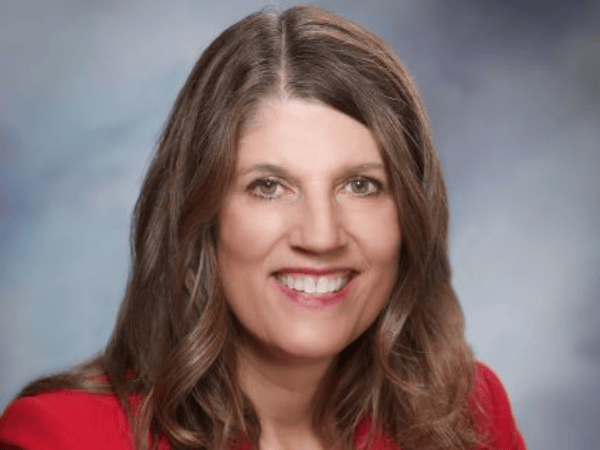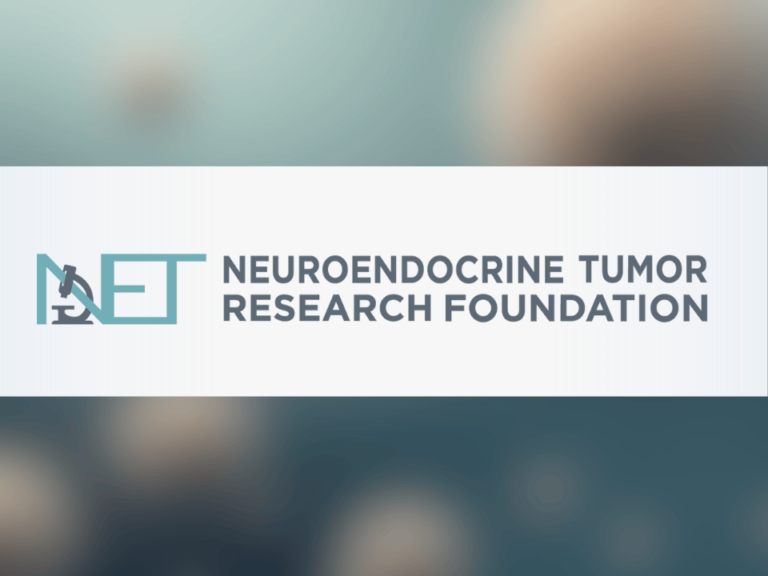As a cancer patient advocacy organization—especially one dedicated to a category of malignancies that have seen frustratingly slow progress and only negligible improvements in survival rates over the past four-plus decades—we’ve come to view our role and responsibility to the brain tumor community as something like that of a plumber.
That is, we look across the neuro-oncology drug discovery and development “pipeline” and search for bottlenecks, blockages, and obstacles impeding the path to accelerated progress. We then design programs aimed at plunging away those jams and allowing the entire neuro-oncology R&D system to function more effectively.
Unfortunately for us, the queue in this regard is quite lengthy and spans the entirety of the pipeline, from knowledge gaps in basic science, to model gaps in preclinical research and measurement gaps in response assessments during clinical research. Most will require major commitments of research-funding and projects that necessitate years of work; work that will remain ongoing. However, one easily identifiable area of need across all of oncology—but perhaps more pronounced in a rarer cancer like brain cancer—that also has, we believe, a relatively simple answer is the issue of clinical trial enrollment.
In a survey of more than 1,000 brain tumor patients, survivors, and primary caretakers (of which full results were presented at the 2017 Annual Meeting of the Society for Neuro-Oncology last November), the National Brain Tumor Society (NBTS) found that only 42% of respondents indicated their medical team talked to them about clinical trial enrollment. In other words, far too many brain tumor patients are never informed of their clinical trial options.
These results fueled our interest in creating a better, simpler, and more user-friendly trial finder tailored specifically for brain tumor patients. Fortuitously—or rather, serendipitously—for us, a brain tumor survivor who happened to have experience and expertise in creating custom trial finders was getting the same itch. Michael Wenger, a brain tumor survivor and web development expert, offered to work with our research staff and volunteer his time to build NBTS a custom, brain tumor-specific clinical trial finder.
Like all cancers, malignant brain tumors—or “brain cancer”—are really a collection of a heterogeneous diseases that are each uniquely their own. And like many other cancers, the nomenclature for these individual entities can sound foreign to anyone unfamiliar with the disease or without a medical degree. Glioblastoma, diffuse intrinsic pontine glioma, acoustic neuroma, craniopharyngioma, schwannoma, oligodendroglioma, subependymal giant cell astrocytoma—these are some of the approximately 140 distinct types of brain tumors.
Now, imagine the emotion, confusion, and shock that overwhelms them and their loved ones. They’ve just been diagnosed with a potentially life-threatening disease for which they can’t even pronounce or spell the name of, the doctor is recommending invasive and risky brain surgery within 48 hours, and their life is turned frantic. And we expect them to have the wherewithal to stumble upon ClinicalTrials.gov? And then know how to fill in the appropriate information and review the results accordingly? Not likely.
Yet, this is a critical juncture for a patient’s treatment decision-making. Begin treatment and you could automatically exclude yourself from a number of trials that require no prior treatment to enroll, including many “newly diagnosed” trials. However, these trials testing the latest, most-informed potential new treatments and emerging medicines may be that patient’s best chance at survival.
While the National Library of Medicine, which administers ClinicalTrials.gov, can never be expected to do the level of promotion required to break through the chaos of a new diagnosis in individual patient populations, patient advocacy groups are uniquely positioned, and have the culture, understanding, and familiarity with their community to get in front of patients and caregivers earlier on in the disease experience. In this context, the resources—on-line and off-line—provided by patient advocacy groups can be “one-stop-shops” for information for newly diagnosed patients and their caregivers to get a holistic view of all their treatment options, including clinical trials.
Functionality for any trial finder does matter, too. Which brings us to the NBTS Clinical Trial Finder, and why we believe it is not only more likely to get in front of patients and caregivers, but, ultimately, easier for them to use, especially since it was developed by a patient himself. Patients are therefore quickly empowered to present their oncologist a list of viable trial options for their medical team to review.
To begin with the obvious, the NBTS Clinical Trial Finder—along with all other disease-specific trial finders—’shrinks the universe,’ so to speak, for that patient population; searching and delivering a smaller pool of trials for patients to consider. In short, a disease-specific finder avoids boiling the ocean.
More important is the user interface, both in terms of getting started with the initial search screen and then with how results and individual entries are returned to patients or caregivers.
The NBTS Clinical Trial Finder presents potential trial volunteers with several key fields: zip code; distance willing to travel; age; sex; type of trial the user is looking for (healthy volunteer vs. patient & observational vs. interventional); and, of course, a keyword/tumor type. These fields are designed to return only trials within the geographic-range and specifications a patient is looking, and eligible, for.
On ClinicalTrials.gov, though the user interface is beginning to improve, the search fields first offered include: condition; other terms (with given examples being NCT number, drug name, investigator name); and country. There is an “Advanced Search” option, but with dozens of unintuitive fields, it hardly improves prospects for most newly diagnosed patients. Using the site’s standard search feature, unlike the NBTS Trial Finder, patients would get back every trial for their tumor type in the United States, regardless of whether it was observational and they are looking for interventional; or if it’s only open to healthy volunteers; or if it doesn’t have any participating centers inside the range they’d be willing or able to travel; or if it excludes their age group. The practical implication of this for a newly diagnosed patient under great stress is that they are left with trial after trial to wade through, just to find the few that are actually feasible for them. The NBTS Clinical Trial Finder helps make this process more manageable.
Further, when search results are returned our finder first presents a simple summary of trials to scroll through (fig. 1). ClinicalTrials.gov returns a list with little key information readily identifiable for a patient or caregiver (fig 2). And when you click to view an individual entry, in our finder you are shown a clean, easy to view page featuring information on (top-to-bottom): Trial Purpose, Recruitment Criteria, Trial Details, and Contact info (with a sidebar running on the right side of the page containing info on the nearest location and site contact phone number).


Figure 1
Row | Status | Study Title | Conditions | Interventions | Locations |
1 | Recruiting | INtraoperative photoDYnamic Therapy of Glioblastoma | Glioblastoma |
|
|
2 | Recruiting | INdividualized Screening Trial of Innovative Glioblastoma Therapy (INSIGhT) | Glioblastoma |
|
|
Figure 2
For ClinicalTrials.gov entries, entries are a significant degree more convoluted, busy, and harder to parse through for prospective volunteers. Here is an example.
And these improvements only begin to scratch the surface of what can be done to make the clinical trial education and search process more optimal for patients. Moving forward, it’s critical that we continue to tackle ‘blind-spots’ that exist in current, general clinical trial finders like ClinicalTrials.gov. For example, our next upgrade to the NBTS Trial Finder that is under development will be the functionality for potential volunteers to save their searches/search criteria and be notified when new trials are posted that match their criteria, so that the onus isn’t on patients and caregivers to continually check back and re-run their search.
Ultimately, disease-specific clinical trial finders—combined with other resources and information that aide treatment navigation—could do more than simply help empower patients to take greater control over their treatment decision. We envision a future where patient advocacy organizations—who are increasingly experimenting with creating their own patient registries—could couple a trial finder with a patient registry to pre-qualify patients for trial enrollment, creating a paradigm that stands to vastly increase the amount and speed of trial participation and enrollment, respectively.
In the interim, patient advocacy-run trial finders can begin to patch a leak in the cancer R&D pipeline by identifying and addressing blind spots in current options like ClinicalTrials.gov. The strides the NLM and NIH are making with that finder are commendable, but, in general, ClinicalTrials.gov will continue to best cater toward more of a research or professional audience. Disease-specific finders better meet the specific and unique needs of individuals who are new to the harrowing experience as a cancer patient and are likely on the fence about their treatment options, and particularly whether or not to volunteer for a clinical trial of an unproven therapy.
In just eight months since the launch of NBTS Clinical Trial finder more than 31,000 searches have been conducted by 640 unique visitors from 96 countries. The demand is clear. As we continue to refine and promote the trial finder, we’re confident that the number of patients and their caregivers utilizing this resource will allow more patients to access cutting-edge, potentially life-saving treatments, while allowing trials to move forward quicker through increased and more rapid enrollment of patients from this community.
The author is the chief executive officer of the National Brain Tumor Society. In 2016, Arons served on the Blue Ribbon Panel of experts selected to advise Vice President Joe Biden’s Cancer Moonshot initiative. National Brain Tumor Society is the largest nonprofit organization dedicated to the brain tumor and brain cancer community and cause in the United States.












